At first, the Vikings were just traders, bearing rare luxuries from the frozen north. Then, they began raiding the fat, vulnerable monasteries and coastal communities of Northern Europe. Then, they began to overwinter in these new, warmer lands, and began dreaming of never leaving. Finally, they launched all-out invasions to conquer the crowns of the settled kingdoms, to make them anew under the glory of their icy pantheon. Knútr Sveinsson was one such warrior: descended from a heroic line of warrior-kings, he would honour the memory of his father by seizing the throne of England, being crowned as King Canute in 1016 CE. But his ambitions were not to be limited by the sea’s horizon. His conquest of England was only the beginning of his meteoric rise: by the time of his early death, he had forged the thrones of England, Denmark and Norway together into a sea-spanning maritime superpower, known to history as the North Sea Empire. Although the Empire itself would not survive him, his descendents, known as the Knýtlinga (‘the descendents of Canute’) would go on to become kings of the Scandinavian successor states for generations. It is for no small reason that he is known to history with that most rare of regnal names: King Canute the Great.

Heroic Ancestors
Canute was born with the Old Norse name Knútr around 990 CE, to the powerful Viking warlord Sweyn Forkbeard. Until after the end of the Viking Age, the wealthiest Scandinavian courts and their elites were largely illiterate – so almost everything we know about the history of this period comes from subsequent Scandinavian writers who recorded the oral culture passed down from the Viking period, or from other literate sources elsewhere in Europe. Thus, we cannot be certain of Canute’s age, nor his place of birth, nor even of his parentage. We know that his father was Sweyn Forkbeard, who united the nominal crowns of Denmark and Norway in the early 11th century when Canute was still a child – in practise, Sweyn was overlord of a swathe of Nordic coastal towns, from which he received varying degrees of submission.

Canute and Sweyn had an illustrious pedigree: Canute’s great-great-grandfather was said to be the semi-legendary Danish King Harthacnut, of whom we have no solid historical information beyond his larger-than-life depiction in the sagas, and which claim that King Harthacnut was himself grandson of the infamous Ragnarr Lothbrok. This heroic ancestry, linking him back into the imagined past, placed young Knútr as a scion of the House of Jelling, named for the royal Viking settlement in Denmark where runestones recording this lineage have been discovered. Young Knútr trod in the footsteps of Viking heroes, whose stories would have been well-known to his people, marking him out as virtually a living demi-god, which he doubtless would have called upon to remind his kinsmen of his epic fate.
Birthed In Battle
Viking society was patrilineal, primarily concerned with ancestry of the male line – and so there is some confusion over Canute’s mother – some sources record her as Świętosława, daughter of Mieszko I who founded the first independent state of the Polish people. Others name her as Gunhilda of Wenden – although this may be another name for the same Polish princess. Knútr was joined by a younger brother, named Harald, after their grandfather King Harald Bluetooth of Denmark. Though their lives would have been wildly privileged compared to the vast majority of farmers and fisherfolk who live in Scandinavia at the time, their upbringing would not have been soft: the later Icelandic Flateyjarbók records how Canute was given boyhood lessons in fighting and arms by Thorkell the Tall, the chief of the fearsome Jomsvikings. It is likely that Canute saw battle, war and death from an early age – the sources say that Canute accompanied his father on campaign when he was still a child. The most likely candidate for such an early campaign is Sweyn’s attack on England in revenge for the St. Brice’s Day massacres in 1002 CE, when King Æthelred ordered the killing of many first- and second-generation Danes in England. If so, Canute may have not yet even been a teenager when he first experienced war beneath the sails of his father’s warships.

Canute grew into a strong and virtuous warrior. The Knýtlinga saga (the Saga of Canute’s Descendents), written in the 1250s, might be biased since it was written by a court poet to describe the heroic history of the house of Jelling, but it gives us the closest we can get to a contemporary physical description of Canute:
Knútr was exceptionally tall and strong, and the handsomest of men, all except for his nose, that was thin, high-set, and rather hooked. He had a fair complexion and a fine, thick head of hair. His eyes were better than those of other men, being both more handsome and keener-sighted.
Sweyn’s Revenge
As we saw in the dramatic duel between the disastrous but cunning King Æthelred and the wily Viking King Sweyn Forkbeard, Canute accompanied his father on his fateful invasion of England in 1013 CE, whilst his brother Harald remained in Denmark to manage affairs in their absence. The morale of the English resistance collapsed in the face of the incoming Vikings, hollowed out by decades of elite mismanagement, and Sweyn’s campaign saw the Danes of the former Danelaw territories gratefully welcoming Canute and his father with open arms. The submission of these territories was sealed by a political marriage: Sweyn’s son Canute was married to Ælfgifu of Northampton, the daughter of the Ealdorman of Northumbria. London proved to be a tougher nut to crack, not least because it was defended by Thorkell the Tall, Canute’s childhood teacher and well-paid mercenary in King Æthelred’s service. Abandoning their siege, Sweyn and Canute struck deep into Wessex in order to force the Anglo-Saxons into submission, where the West Saxon nobility surrendered with only a token resistance. King Æthelred abandoned London, fleeing into exile to Normandy under the escort of Thorkell the Tall, leaving the prostrate Kingdom of England in the hands of Sweyn and Canute.

Sweyn wasted no time in setting about securing his rule, and Canute was sent to Gainsborough in Lincolnshire, to build an inland port fortification on the River Trent. However, it was there on Candlemas (3rd February) 1014 CE that Canute heard the shocking news of his father’s sudden death. Canute was unanimously acclaimed as King of England by his Viking army, and by the Anglo-Danish residents of the former Danelaw. But the dispossessed English nobility has other ideas. Before Canute could march to London and secure his rule, the ancient decision-making body of the Anglo-Saxon elite, the Witenagemot, met and sent word to Normandy to recall King Æthelred. The old King quickly crossed back into England, raising an ad-hoc army on the way, and immediately set out to hunt down the Viking pretender.
A Temporary Retreat
Faced with a returning Anglo-Saxon monarch, Canute’s support dissolved – only the people of Lindsey in East Lincolnshire remained loyal. Æthelred quickly retook London – he was aided by the Norwegian petty-King Olaf Haraldsson who clearly chafed under Sweyn’s overlordship, and who mounted an amphibious attack on the capital and burned its bridge. Withdrawing southward, Canute made good on his promises with absolute ruthlessness, executing the hostages taken as security against the English nobility’s disloyalty, and leaving their bloody bodies on the beach at Sandwich, Kent. Æthelred was never one to exercise restraint, even for the sake of sheer self-preservation, and he took a terrible revenge on the people of Lindsey, allowing his army to pillage and burn their towns for their support of Canute.
Defeated and expelled from his father’s prize, Canute sailed east to his brother Harald’s new kingdom in Scandinavia. Sweyn’s rule there had been much more secure, and Harald’s succession went undisputed – but there was clearly a degree of friction between the two ambitious young sea-lords: Canute appears to have floated the idea of a joint-kingship of the Scandinavian realms, but was firmly rebuffed by Harald. Some deal appears to have been brokered between the two: Harald appears to have given Canute command of the Norse armies, in return for leaving his succession undisputed. Canute had little problem raising a fresh invasion force: Sweyn’s success had shown that England was a weak and divided Kingdom, and he received warriors from his (possible) mother’s people the Poles, as well as the Swedes and his in-laws who ruled in Norway. At the head of a vast coalition of warriors from across Scandinavia numbering 10,000 or more, Canute returned to England in September of 1015 CE – and this time, it would stick.
A Crumbling Kingdom
In Canute’s absence, King Æthelred’s kingdom had not ceased the rolling political crisis which had characterised the last 20 years of his rule. In the melee of the last two years, King Æthelred had lost his eldest son, Æthelstan – historians cannot say whether to war or misadventure. That left King Æthelred’s second son Edmund as the House of Wessex’s next in line. Edmund, given the nickname ‘Ironside’ for his valour in the coming conflict, appeared to have many of the qualities which King Æthelred manifestly lacked: leadership, judgment and popularity. But he certainly had his father’s headstrong streak. Æthelred’s harsh revenge against the Danes of Lindsey – on top of his disastrous massacres on St. Brice’s Day 1002 CE – had created a ripe constituent for open rebellion. When Edmund was thwarted in his desired marriage to a Midland noblewoman named Ealdgyth, he defied the King and married her anyway – today, we would probably describe this as an abduction followed by a forced marriage. Edmund then went to the Anglo-Danes of the Five Boroughs, where he found a receptive audience fed up with both King Æthelred and the pretender Canute. They submitted to Edmund, in open defiance of his father, and they armed themselves in Edmund’s service, likely with the help of Ealdgyth’s relatives.
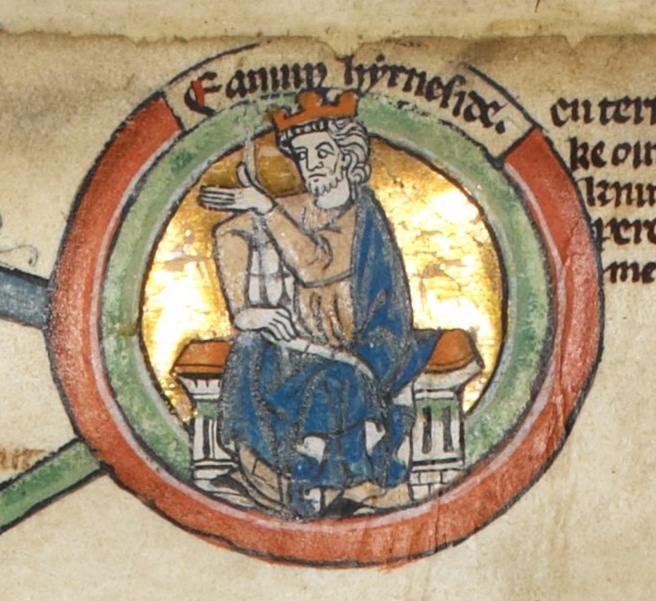
It was into this tinderbox that Canute arrived in late 1015 CE. Now, there were three divided armies in England: King Æthelred’s based around London, Edmund in the Midlands, and Canute’s 200 Viking longships, landing at Frome in the heart of Wessex. Anglo-Saxon England was coming apart at the seams – and the cataclysmic clash of the three great statesmen would herald the end of the Anglo-Saxon world.
Defections and Massacres
Canute set about vigorously pacifying the West Saxon heartland, carving a bloody swathe across lands that had not seen conflict since the days of the Great Heathen Army over a century before. Canute’s cause was quickly bolstered by two highly significant defections. Firstly, the Ealdorman of Mercia named Eadric Streona sought out Canute, pledging his men and 40 longships to his cause. Streona is a fascinating figure: a mercurial medieval hitman who would eventually fall foul of Canute’s wrath – he’ll get his own separate blog to chart his scarcely believable course through this tumultuous era. Secondly, Canute’s old teacher Thorkell the Tall finally accepted that King Æthelred was a losing bet, and he pledged loyalty to Canute. In all this time, neither King Æthelred nor Edmund Ironside made any move to contest the invading coalition.
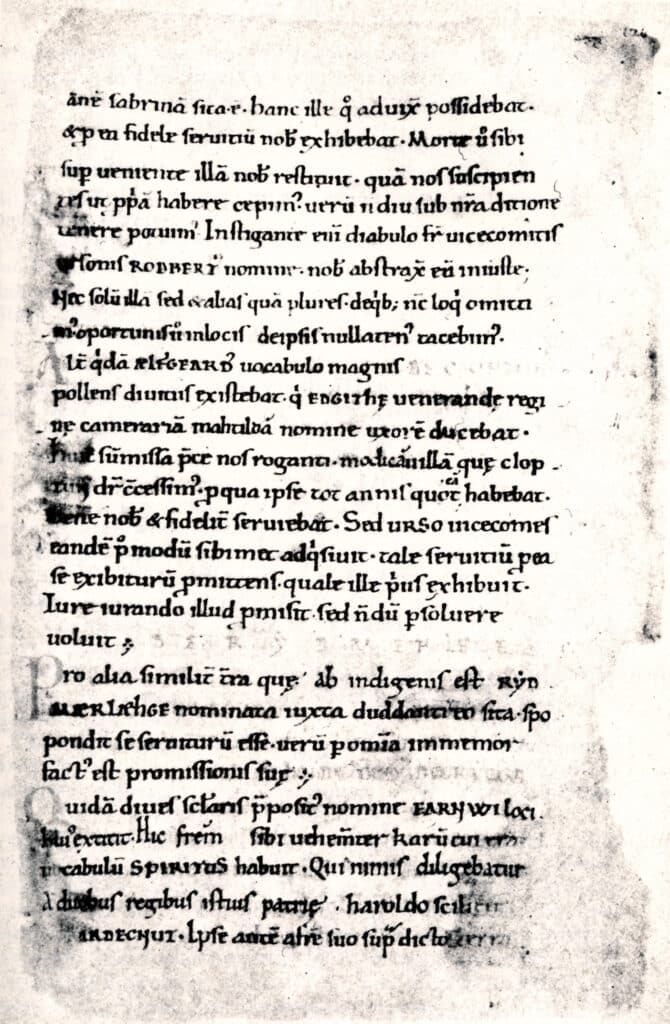
In early 1016 CE, Canute struck northward into eastern Mercia and upward into Northumbria, and this finally spurred action from the ailing King who appears to have attempted to rally his subjects in defense of the Kingdom. But, the Anglo-Saxon Chronicle says, “it came to nothing as so often before”: unable to command the respect and loyalty of his people even in the best of times, now King Æthelred could not even form a serious resistance to the Danes or his son. The ailing King returned to London – and he would never leave it again alive. Edmund Ironside, meanwhile, moved to contest Canute’s invasion, targeting the estates of Eadric Streona in Western Mercia. Though there were no pitched battles fought between the two sides in this phase of the conflict, it was clearly greviously costly for the Anglo-Saxons, for the Earl of Northumbria blinked first and submitted to Canute. But Canute had little time for this: he ordered that the Earl and his family be massacred, and placed his own Norwegian allies in charge of Northumbria instead. Canute was not messing around.
A Coronation in a Burning Hall
Whilst Canute was brutally securing his hold on the conquered North, Edmund Ironside realized that the only hope for the Anglo-Saxons would be in defending London and the West, the traditional heartlands of the Kings of Wessex. Thus, with a heavy heart, he abandoned further campaigning and returned south to the capital: not as an invader, but as a prodigal son in search of reconciliation. There, he found his father already sick and weak, exhausted by the total failure of his kingship. Not long after, on April 23rd 1016 CE, King Æthelred died – ending a 35-year reign that was as long as it was utterly ruinous for the Kingdom of England. Very few contemporary records exist of King Æthelred’s reign, and it is nearly impossible to divine historical truth from sources which have already made their mind up on the inadequacy of King Æthelred.
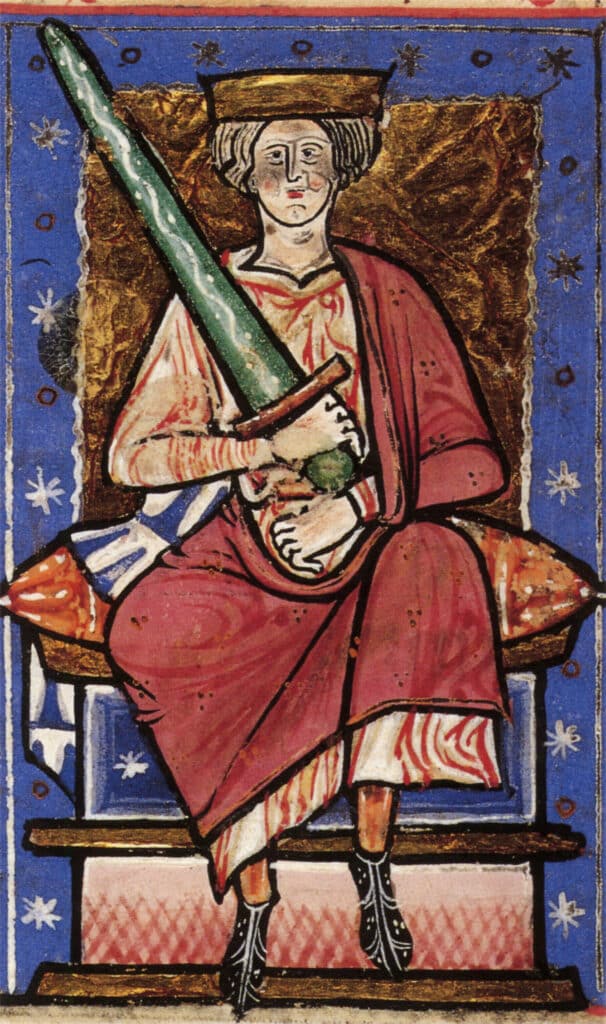
Regardless, the elders of London met soon after the death of the King, and they acclaimed Edmund Ironside, King Æthelred’s eldest surviving son and the only leader with any military reputation, as King of the rapidly crumbling Kingdom of England. Like Harold Godwinson almost exactly 50 years in the future, Edmund was tasked with a last-ditch defense of the Kingdom against foes within and without. At the same time, what remained of the full Witan of Anglo-Saxon nobles met at Southampton – and they decided that there was only one real option to preserve the Kingdom: to accept King Canute.
The Wolves Circle
Now, the gloves are off: Canute and Edmund would face one another in battle, and one would walk away as King of England. In the century since King Alfred’s restoration of the city, London had grown from a ruined former-Roman settlement with many farms within its crumbled walls, into a wealthy, important and well-defended trading settlement. The dissolute King Æthelred much preferred the cosmopolitan, secular environs of London to the stuffy, ancient and religiously-dominated West Saxon capital at Winchester – and so over his long reign had become the de facto capital of England: control of London would determine control of the Kingdom. Gambling that Alfred’s rebuild Roman walls would keep the Danes at bay with a skeleton garrison, Edmund left the City to raise a relief army in Wessex. Canute and the Danes arrived soon after, encamping by the City and cutting it off from the outside world.
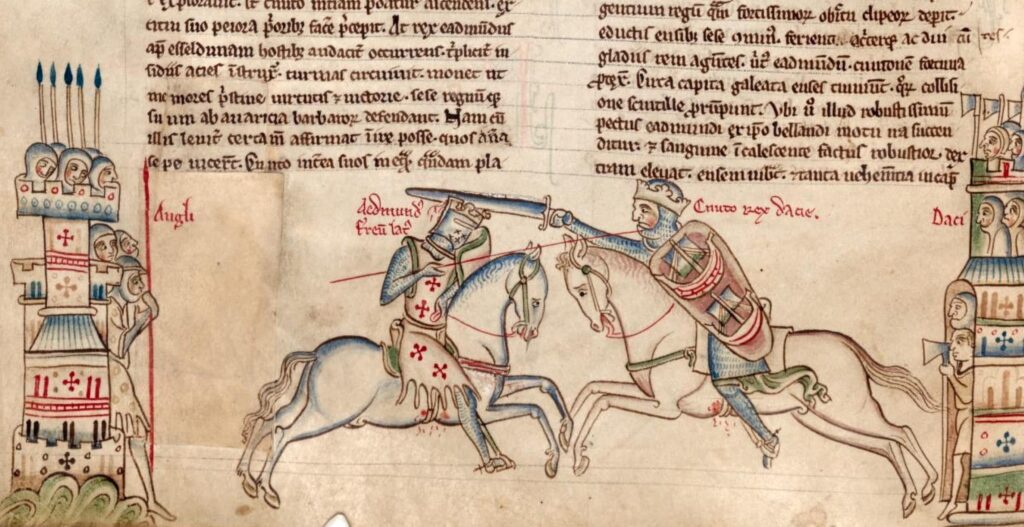
But as we have seen time and again, effective siege warfare before the invention of systematic siege tactics and machinery during the High Middle Ages was extremely difficult. Thus, Edmund had long enough to gather the West Saxon fyrd and returned to London. Canute was forced to abandon the siege, and met Edmund Ironside in battle for the first time at Brentford. The Danes were pushed from the field, though the battle was inconclusive. Forced to gather more troops, Edmund again returned to Wessex, whilst the Danes resumed the siege of London. Again Edmund returned before the City fell, and again he drove the Danes back, this time comprehensively defeating them and forcing them to retreat eastward into Kent toward their ships, with the West Saxons in hot pursuit. Amid the disorganised retreat from London, the wily Mercian nobleman Eadric Streona, only a latecomer to Canute’s cause, thought he smelled blood on the wind and did not wish to suffer the victorious Edmund’s rage – and so he deserted Canute’s cause. With his English allies deserting and his back up against his ships on the Kentish coast, ‘King’ Canute looked to be destined for another footnote in English history.
Betrayal at Assandun
But Canute was made of sterner stuff. Perhaps he thought of his father, who had invaded England over and over – and perhaps he resolved to take a final stand, or die in the attempt. On a cold October morning in 1016 CE, the Danes drew up at a place named Assandun (possibly modern-day Ashingdon Hill, Kent) – a defensible hill upon which the Anglo-Saxons would break. The Viking commander and would-be King arranged his Danes in three-deep ranks around the hill. Canute himself, it is recorded did not stand amongst the ranks, as he was not a renowned fighter – but Edmund Ironside made sure to be in the very front rank of the marching West Saxons. Eadric Streona and his men, newly returned to the English camp, marched with them, but one wonders if the nobleman was already having second (or third) thoughts. The English fell upon the Danes – but the Danes had nowhere to go: there was no retreat, only a bloody victory or eternal feasting in the halls of Valhalla. They fought with legendary ferocity, exhibiting the unhinged fury that would be immortalized in stories of berzerkergang, the psychotic trance-state of the ‘bear-skinned’ Viking berzerkers. The sources describe how their showed little sentimentality for the rituals of battle, cutting down the Bishop of Dorchester as he gave a battlefield mass for the English troops.

Shaken by the absolute ferocity of the Danes, the English wavered. A sword breaks at its weakest point: and that point was Eadric Streona. The scale again tipped for the unprincipled Mercian, with one source having him declare the words: “Let us flee and snatch our lives from imminent death, or else we will fall forthwith, for I know the hardihood of the Danes”. Or perhaps he had been a double-agent for Canute all along, waiting for the precise moment to undermine Edmund – or perhaps again, that is how he would pitch his cowardice to the Danes. Regardless of Eadric’s precise motivations, at the critical moment, his Mercian warriors turned and withdrew from the battle, leaving Edmund Ironside alone against the cataclysmic death-and-glory hurricane of Nordic steel. Suddenly outnumbered, the English were cut down in their hundreds, and those who survived fled from the field in disarray, casting off their armor and weapons so as to better speed their flight. Edmund himself, bleeding from dozens of wounds but alive, was dragged from the field by his nobles.
A Roll of Fortune’s Dice
As we have seen over and again in our tales of the Viking invasions of England, the fortunes of battle are a roll of fate’s dice – turning inevitable victories into crushing defeats, and salvaging Kingdoms from the jaws of certain death. At the field of Edington, King Alfred crushed the nearly-undefeated Great Heathen Army and saved England from Viking domination. Æthelwold ætheling nearly reunited the fragmented England of the Danelaw – but was killed alongside the Viking King of East Anglia by a cornered Kentish army at the Battle of the Holme. And at Assandun, with his back pressed up against his ships, King Canute won the Kingdom of England. The victorious Dane pursued the shattered English army westward, possibly fighting another smaller battle with some of Edmund’s Welsh allies in the Forest of Dean – but Edmund was badly wounded and could not lead his men in person. Deprived of the leadership of vigorous King, the English Kingdom could not mount any kind of serious defense to Canute, and so Edmund grudgingly accepted the need for a negotiated peace.
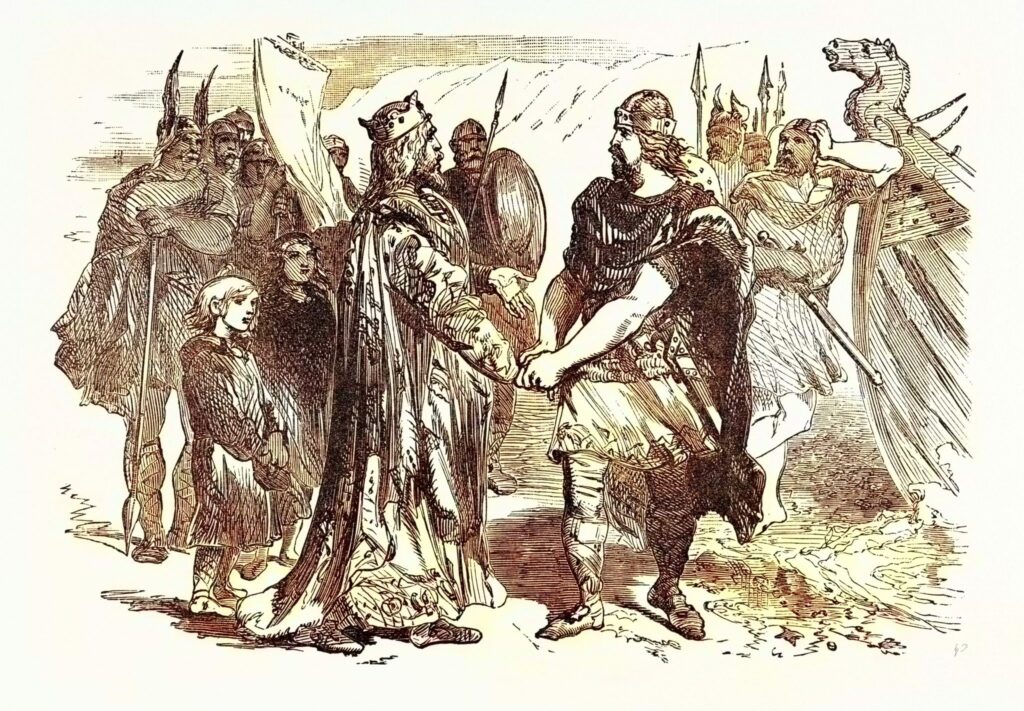
The two claimants met in person for the first time without weapons in hand at an island near Deerhurst in Gloucestershire. The agreement they forged could be compared to that between Alfred and Guthrum: it again partitioned England between English and Dane, this time ceding everything north of the Thames to Canute and his successors. The South and West to be ruled by Edmund during his lifetime – but rule was to pass on to Canute upon the Anglo-Saxon’s death. With this treaty, Canute effectively became King Canute.
King Canute
But Canute did not have long to wait for his whole Kingdom. Only a few weeks after the signing of the agreement at Deerhurst, King Edmund passed away. Our sources differ as to the manner of his death. Some more colourful accounts have him, unaccountably, murdered whilst on the privy (one account even has him being shot with a crossbow whilst on the toilet, a scene which inspired the death of Tywin Lannister in G. R. R. Martin’s Game of Thrones and the associated HBO TV series). But it seems more likely that the wounds his received at Assandun were simply too great: infections were a perennial danger in the centuries before modern medicine and the understanding of germ theory, and even the most respected apothecaries and priests could not save even the most powerful Kings. Now, the nobles of Wessex followed the agreement made by Edmund: they gave their submission to Canute, and the young Viking warlord was crowned in London by the Archbishop of Canterbury in 1017 CE.

Canute was now only in his late 20s, but he was King of all England – and he had already achieved what had taken his father Sweyn Forkbeard years of patient politicking and political violence. Upon Forkbeard’s death, there was still a deposed King of England in exile in Normandy, with several effective sons on the board – and though King Æthelred had been spectacularly unpopular, he could still command significant loyalty. But now, King Canute had scattered the House of Wessex. Æthelred’s two eldest sons Æthelstan and Edmund were both dead, and his younger children were mere striplings in exile at the Norman court – and nobody would expect the seventh son Edward to ever rule (yes, that is what they call foreshadowing). Next time, we will see Canute as his ambitions expand exponentially: from persecuting his political enemies at home, to reforging the North Sea Empire of his father. But for now, King Canute was on the throne of England – and the fallen brothers on the field of Assandun are being spirited up to Valhalla by the Valkyries. Their deaths were not in vain – so let us raise a horn of mead to the glorious dead, who feat in Óðinn‘s hall! Skál!

 Historical Swords
Historical Swords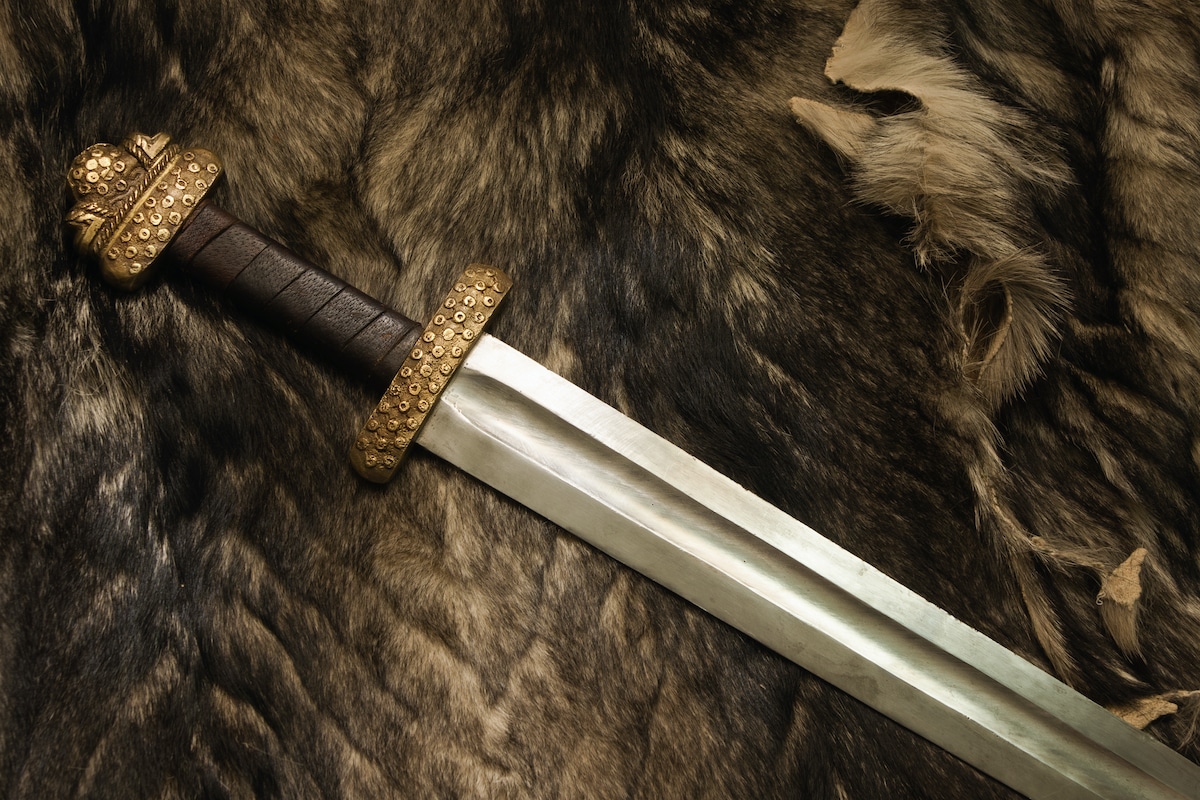 Norse & Viking Swords
Norse & Viking Swords Templar Swords
Templar Swords Claymore Swords
Claymore Swords Fantasy Swords
Fantasy Swords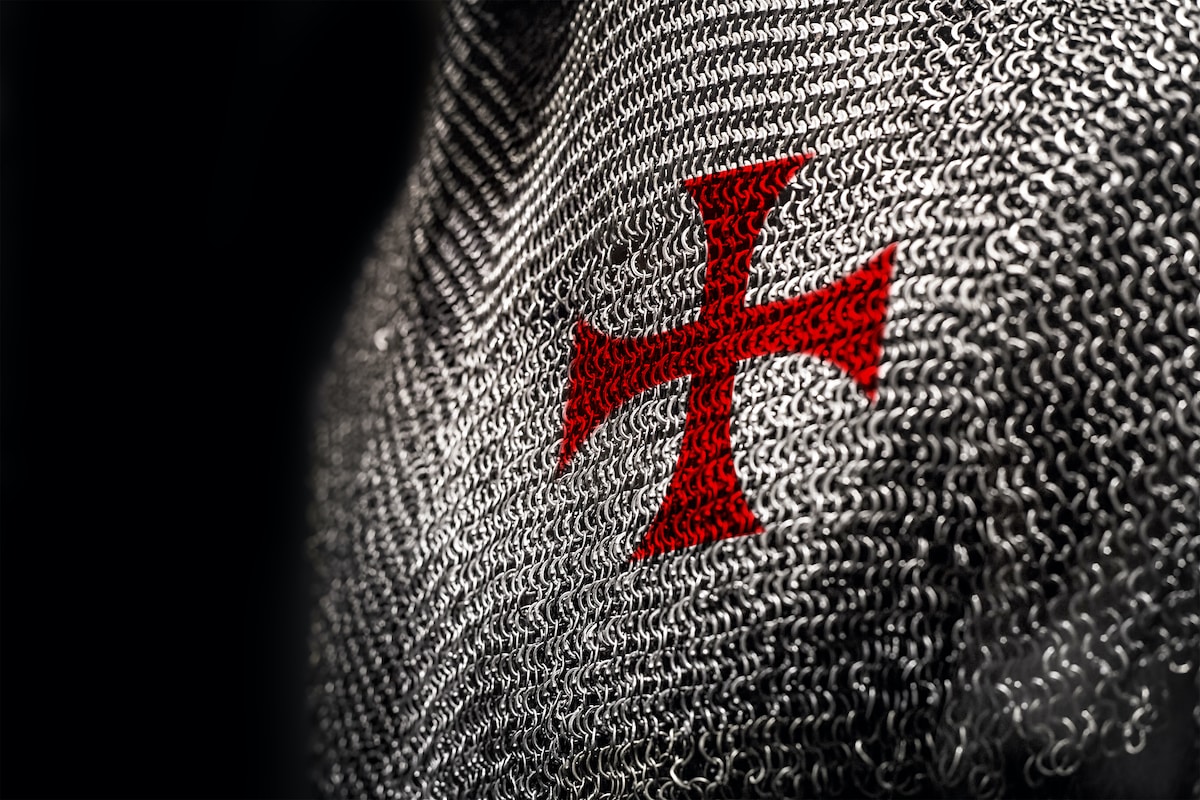 Chainmail
Chainmail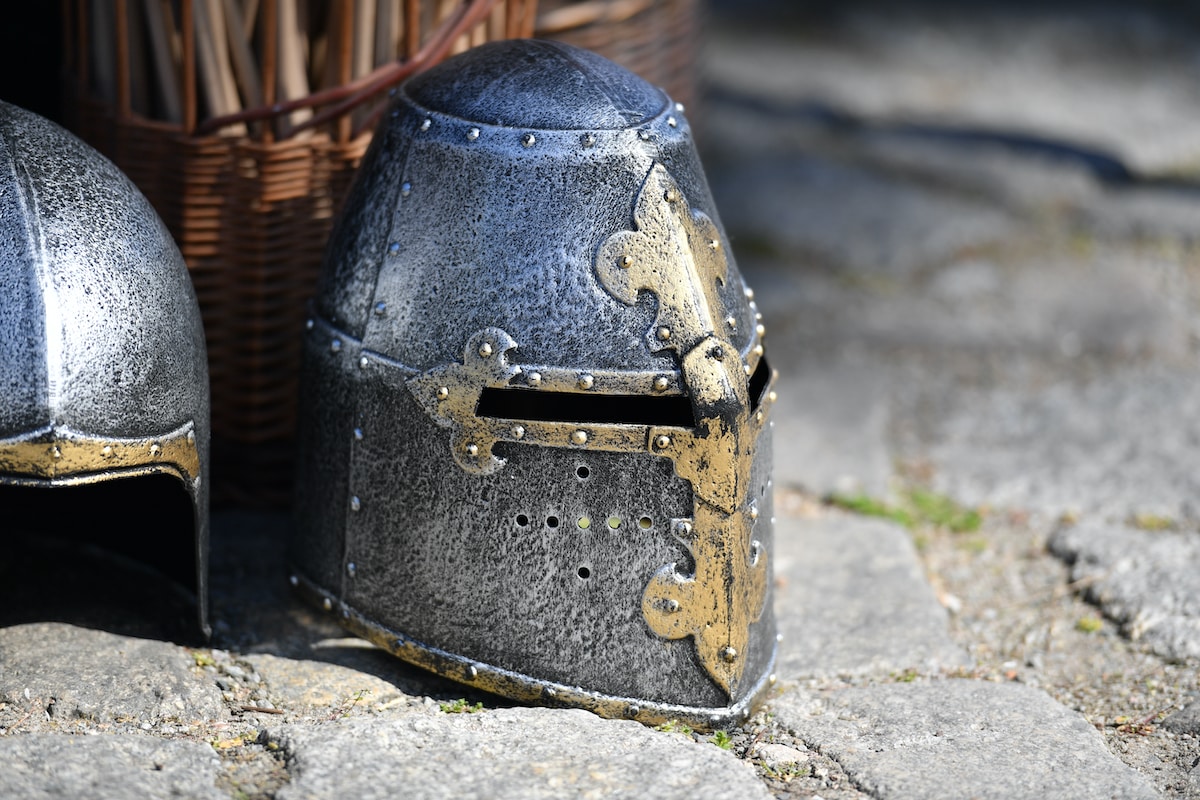 Helmets
Helmets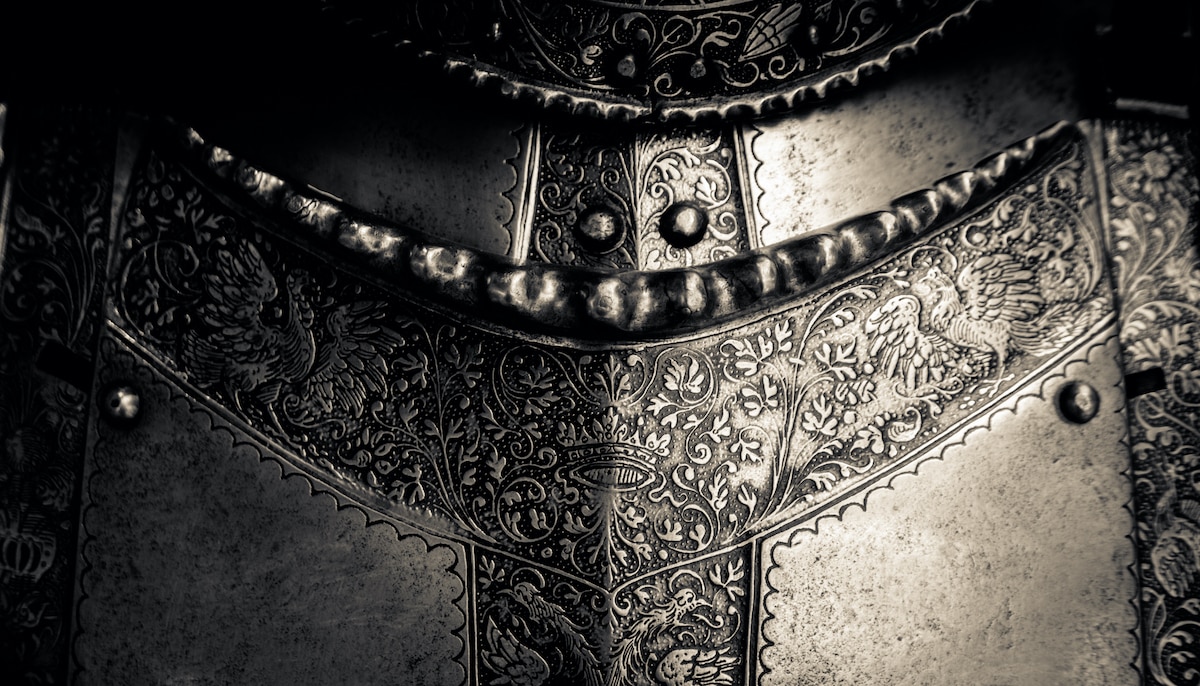 Torso Armor
Torso Armor Bracers and Arm Protection
Bracers and Arm Protection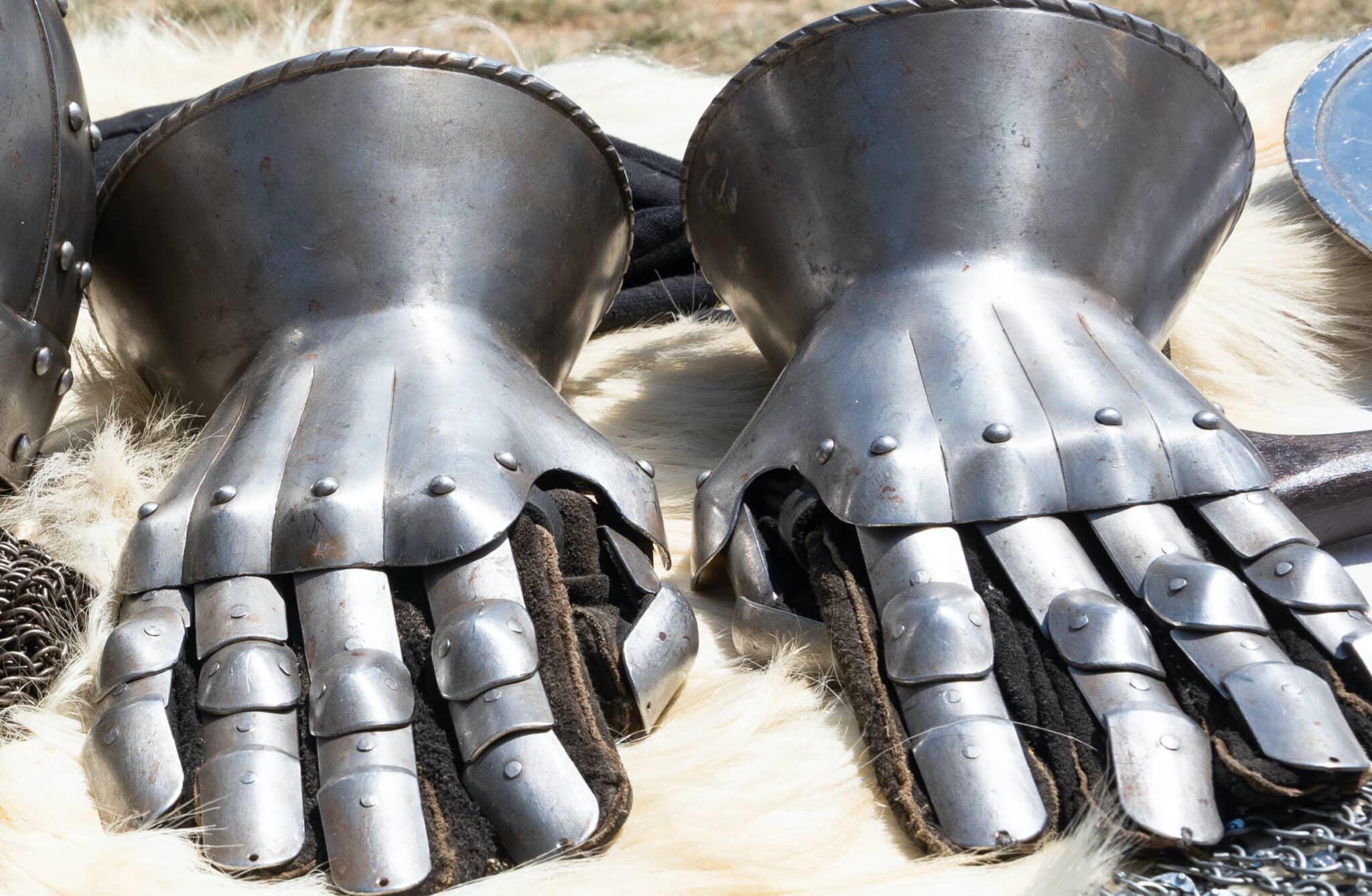 Gauntlets
Gauntlets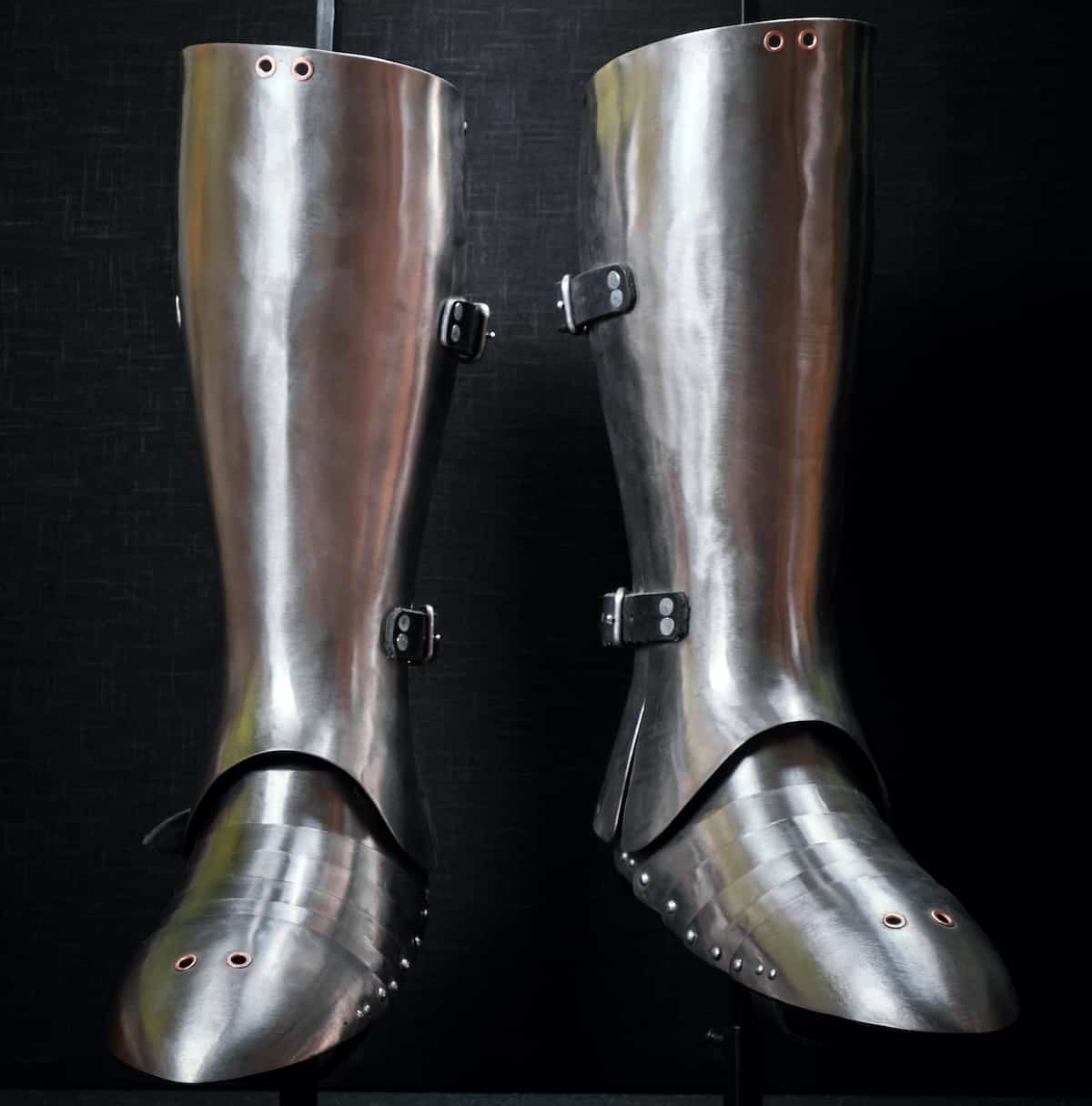 Leg Armor
Leg Armor Cloaks
Cloaks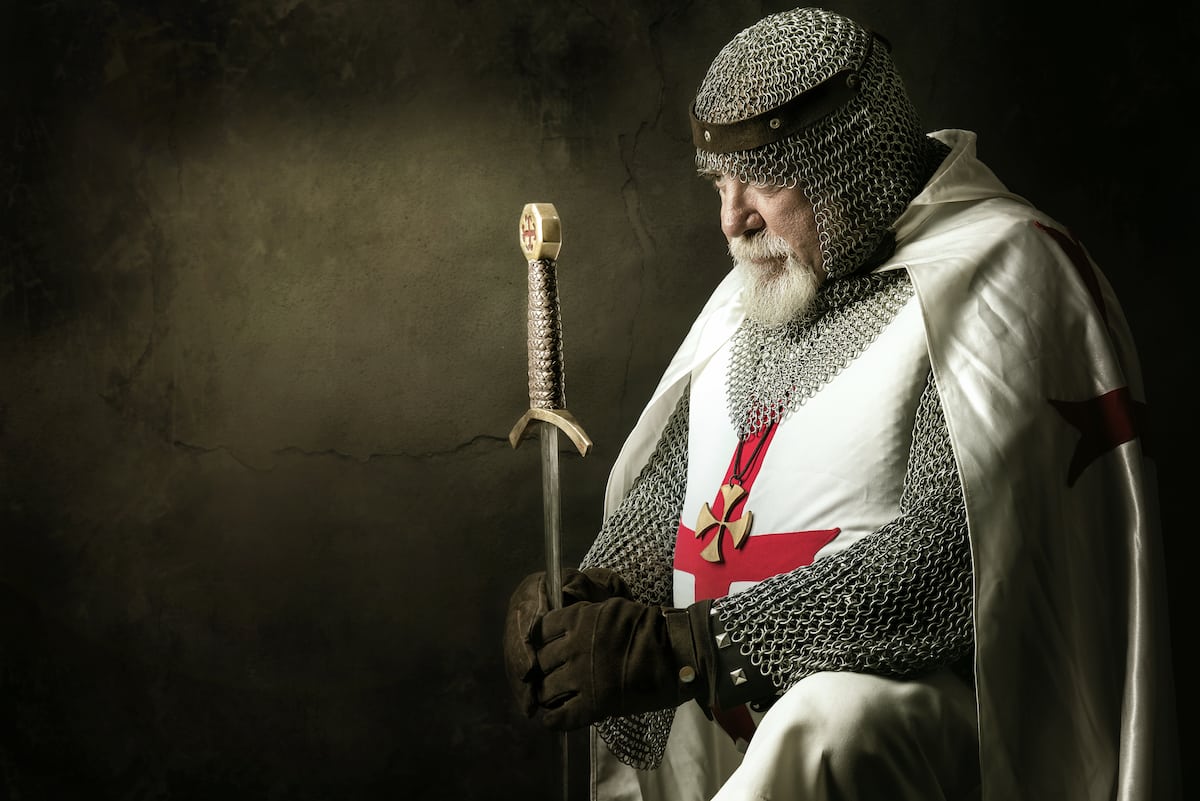 Tabards
Tabards Shirts
Shirts Tunics
Tunics Dresses
Dresses Pants
Pants Gloves
Gloves Belts
Belts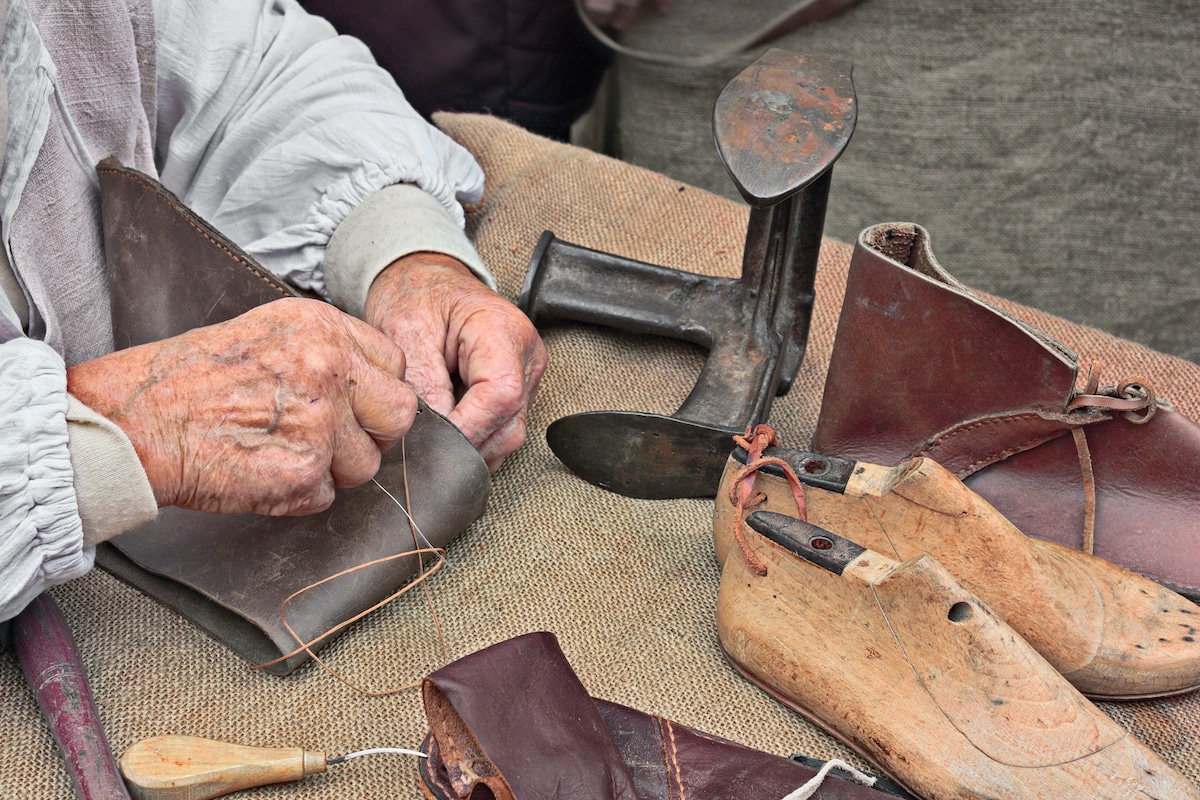 Shoes
Shoes Rings
Rings Necklaces & Pendants
Necklaces & Pendants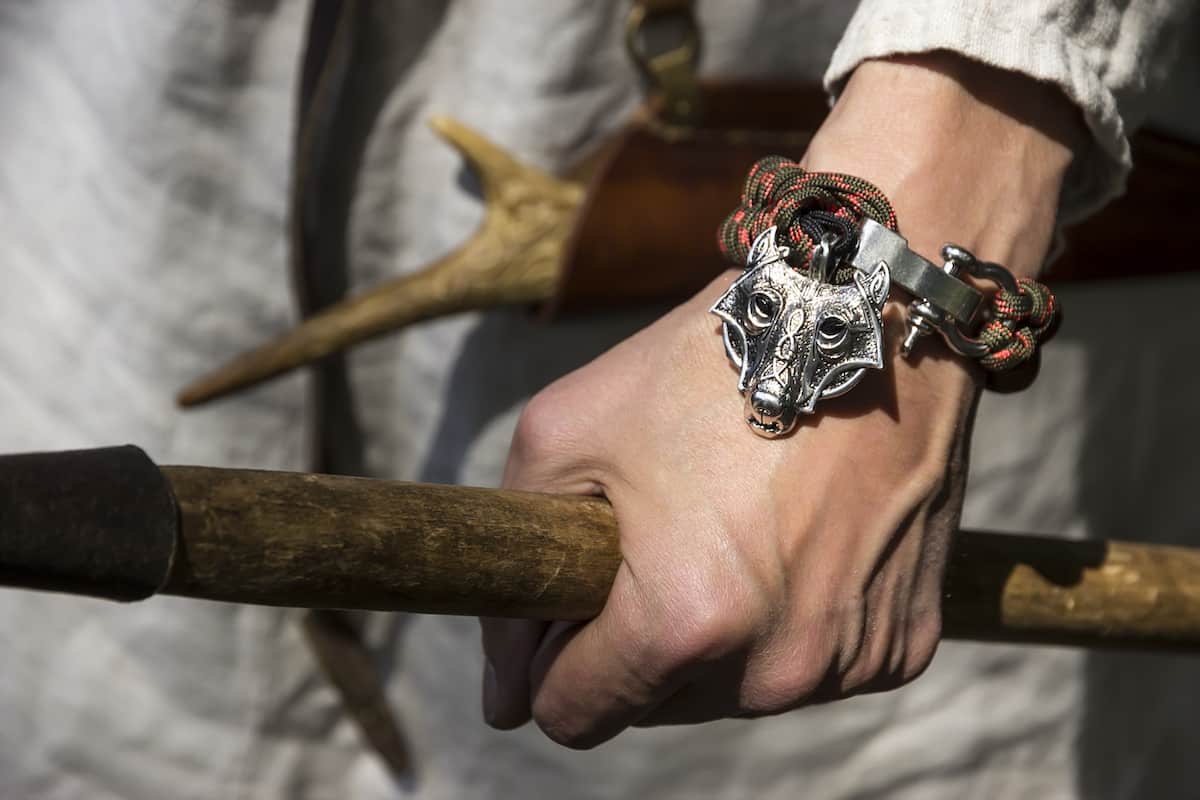 Bracelets
Bracelets


